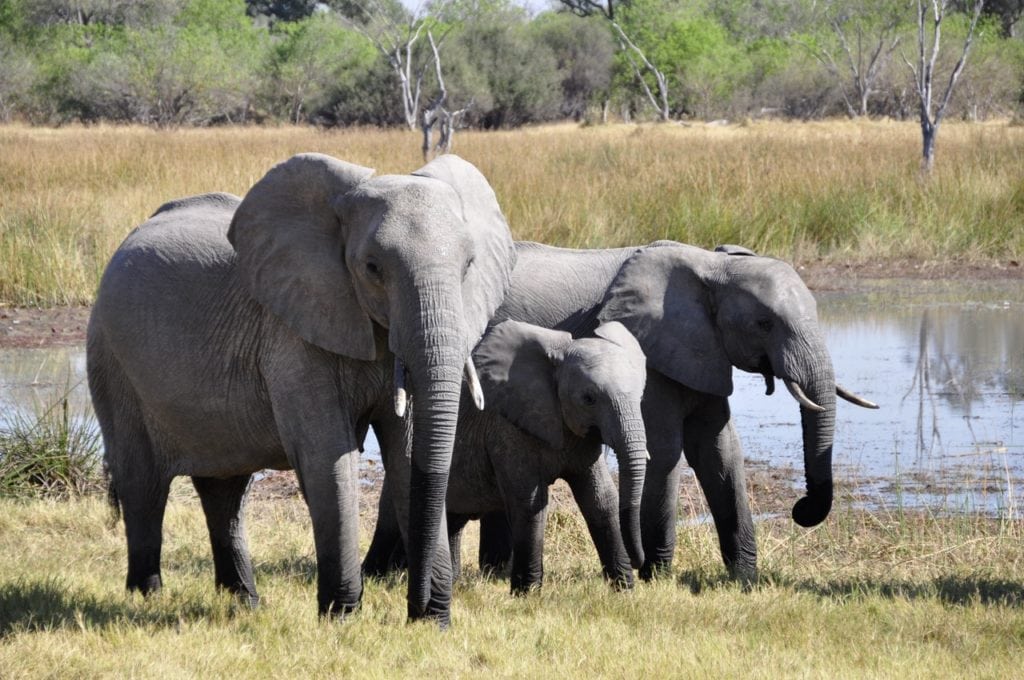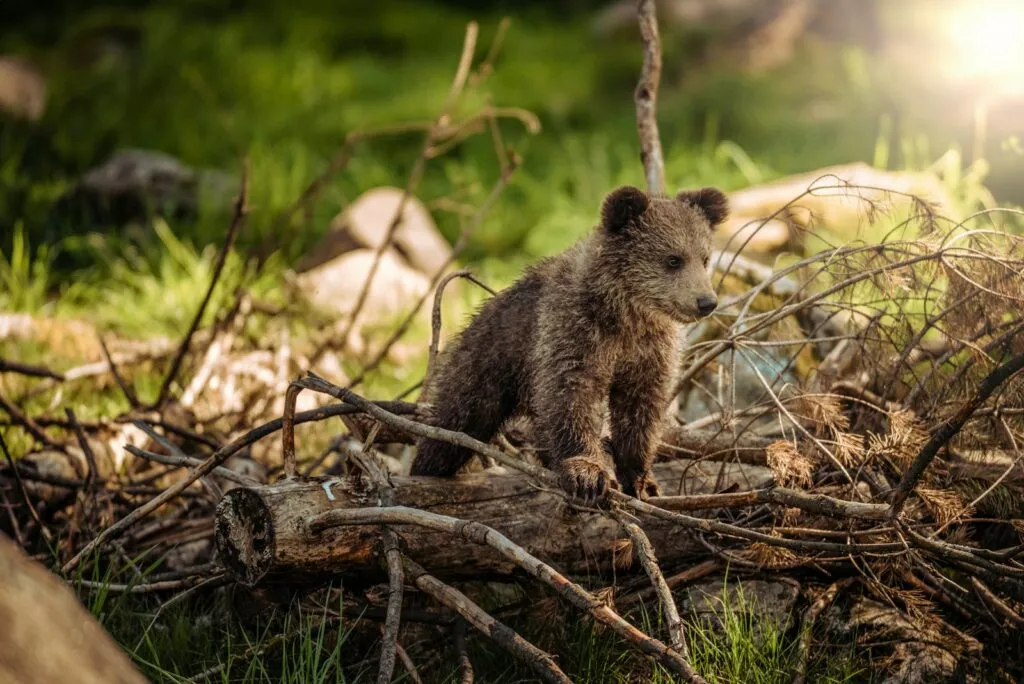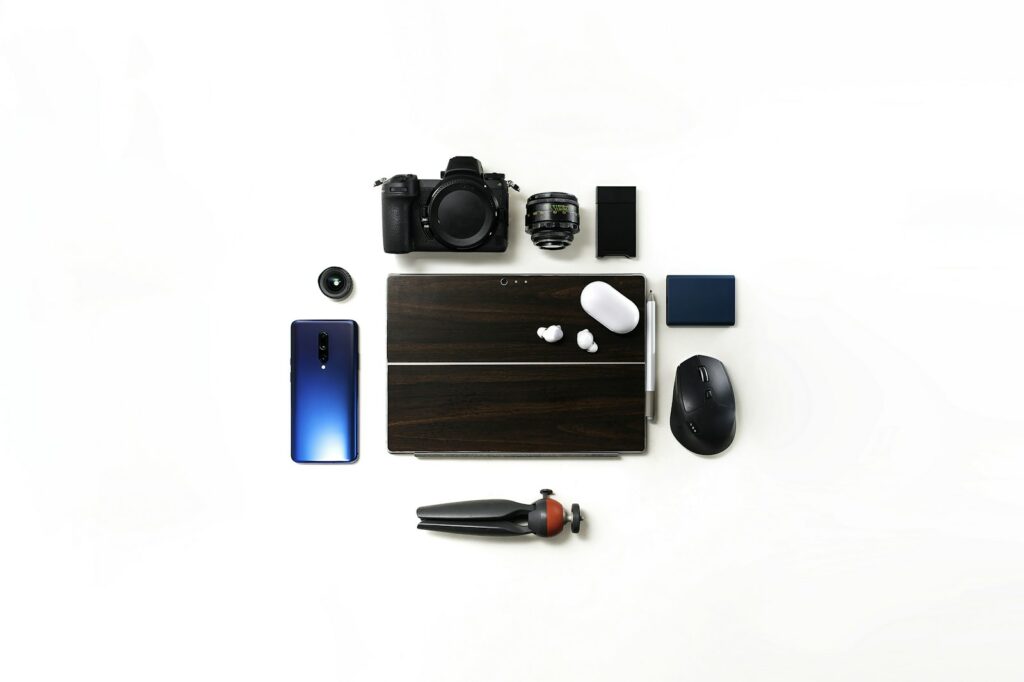How many stories do we bring you about this same old thing? A lot, but the message never seems to get through. But here we are and today we’re talking about image manipulation, public embarrassment, and losing the coveted title of photographer of the year.

A photograph by Bjorn Persson of an elephant called “Tim in Amboseli National Park, Kenya” was disqualified after winning for what Africa Geographic says when “post-production work by the photographer resulted in certain tears in the ears of the elephant not being accurately reflected.”
As Digital Photography School points out, this violates the contest’s rule that, “Entries should be a faithful representation of the original scene. Localized adjustments should be used appropriately. The objective is to remain faithful to the original experience, and to never deceive the viewer or misrepresent the reality.”
Africa Geographic then says that the photographer didn’t deny what happened but said that it was unintentional.
“We are gutted to have missed this detail about the rips in [the elephant’s] ears…That said, we will take this on the chin and improve our systems going forward.”
Of course, some readers are skeptical about the whole thing being unintentional with everyone weighing in one way or the other on the matter.
The CEO of Africa Geographic addressed post-production work on photographs specifically, saying, “We are not prescriptive about post-production tinkering, so long as the image faithfully represents the real-life situation. Photography is a blend of so many elements – including experience and patience, technique, equipment, art, timing and knowledge of the subject. There is no exact formula, no iron-clad route to perfection, and each image presented below reflects this diversity of inputs.”
As always, we’d love to know what you think about this. Are the days of pure photography over and contests like this should just “make allowances” or should post-production be scrapped entirely to keep everything level. Let us know how you would set up the regulations for your photographer of the year contest in the comments below.





11 Comments
Great decision. The contest was about PHOTOGRAPHY, not Photoshop skills. I hope the judges of this contests will keep up doing this, otherwise photography it’s a lost art. Photoshop manipulation it’s not photography, no matter how good you are at doing it.
I am unable to judge if the image processing was appropriate or not. I need a before/after comparison to be properly informed.
Without my own opinion on the matter, someone’s agreement or disagreement about image processing is irrelevant
The garish colors in many published photos these days are repellent. The less processing, other than light and contrast, the better, IMO.
I can’t speak to these elephant ears, as a previous commenter said.
Photoshop is often not photography, but manipulation. I can’t speak to these ears, but the garish colors in many photos these days disgust me. I will adjust light and contrast, as in the film days, but generally leave it at that.
I saw the original image verses the doctored image. The photographer said the image was accidentally doctored. Come on, he should have been thrown out for insulting our intelligence.
I agree
The really dumb part of all this is that he likely would have won anyway without manipulating the ears. It really bugs me how no one takes responsibility anymore. It’s always about diverting responsibility. Everyone is a victim.
Spot on. In my opinion he should be banned for all future consideration. He’s shown he can’t be trusted.
The fact they missed that this is an Indian Elephant and Amboseli National Park is a swamp with no forests shows how much National Geographic didn’t spot the obvious and looked at their poor post production skills. India isn’t in Africa and Ambsoeli is at the base of Kilimanjaro in the swamp plains. Doh.
I haven’t been to either place. I didn’t know that. But, you certainly think National Geographic would recognize such a major misrepresentation!
You realize the photo accompanying the article isn’t the photo that was DQ’ed. National Geographic didn’t get anything wrong with respect to the photograph they DQ’ed